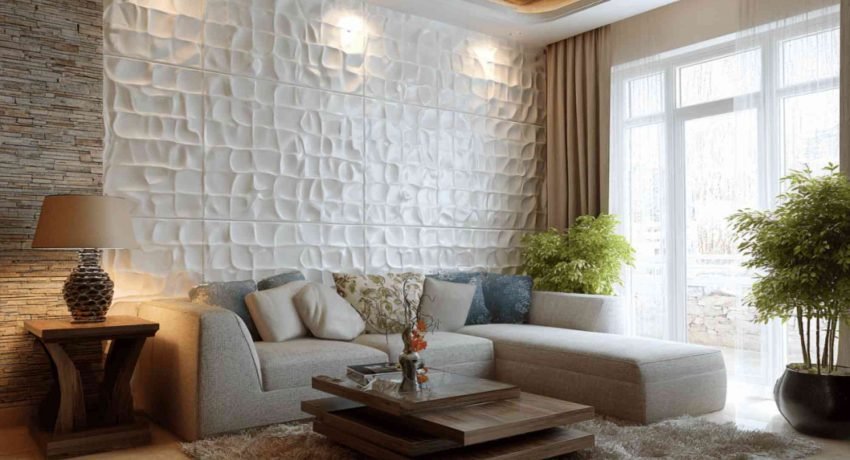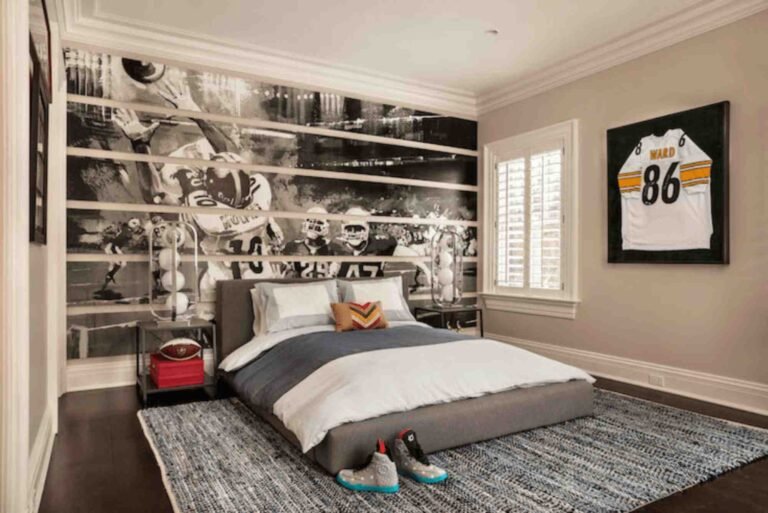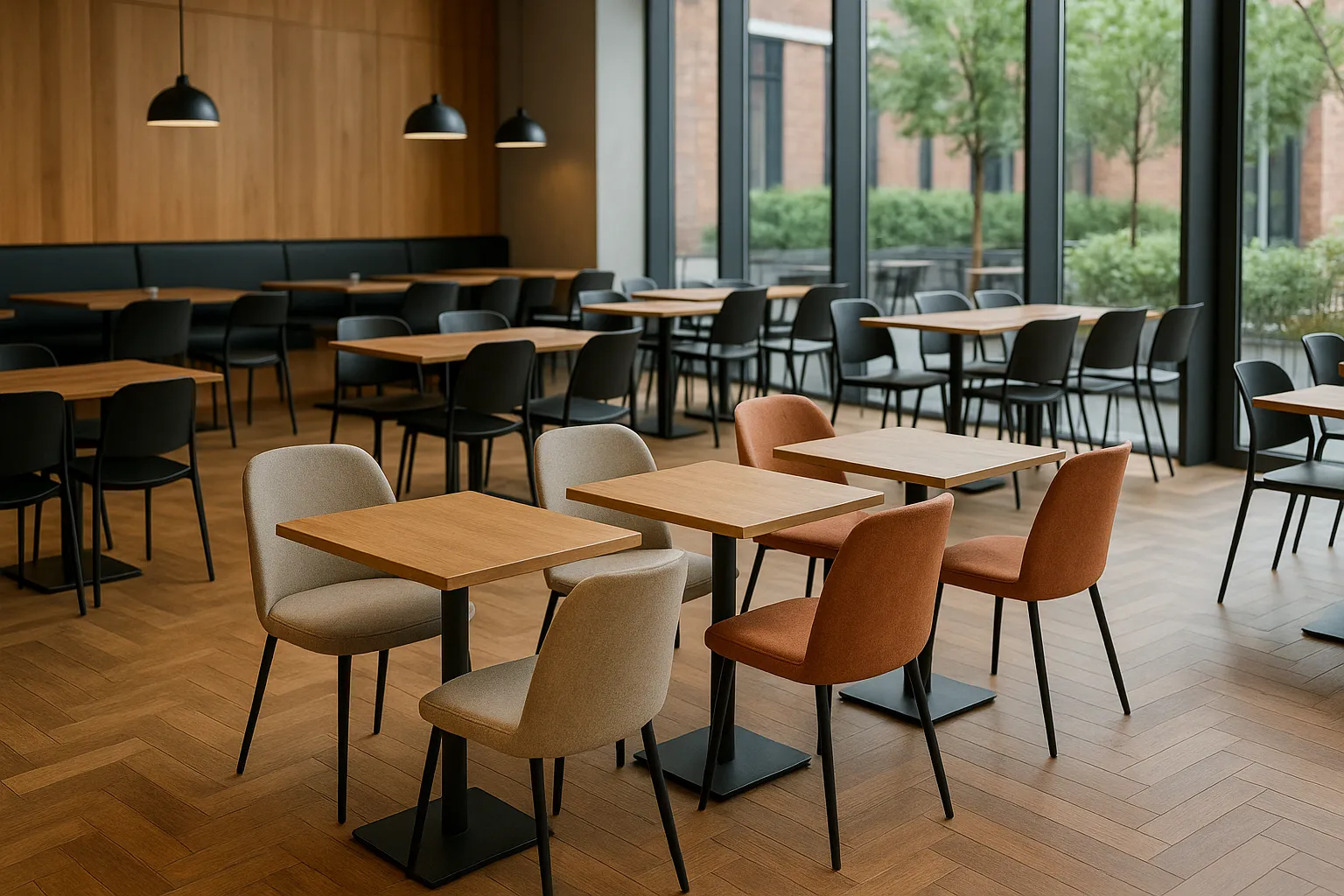Introduction
Designing your home is one of the most personal and creative experiences you can have. The process involves not just decoration, but also transforming your space into a true reflection of your lifestyle and personality. If you’ve been searching for Design My Home Makeover Answers — What You Need to Know, this comprehensive guide will walk you through everything — from planning and budgeting to color selection, layout optimization, and sustainable design. With the right approach and knowledge, your dream home makeover can become a reality.
Understanding the Home Makeover Concept
Home makeovers are about more than just aesthetic changes. They are about creating harmony between functionality and design. When people think about redesigning their homes, they often imagine luxurious interiors and magazine-style rooms. However, the true essence of a makeover lies in transforming how a space feels and works for its occupants.
Whether you are remodeling a small apartment or a large villa, your design journey starts with one crucial step — understanding your needs. Think about your lifestyle, your daily habits, and the emotions you want your home to evoke. A well-planned design will reflect comfort, creativity, and balance.
Planning Your Home Makeover
Define Your Vision
Every successful design begins with a vision. Start by imagining how you want each room to look and function. Use mood boards, collect pictures from magazines, or explore online inspiration platforms like Wikipedia and Pinterest.
Set a Realistic Budget
Budgeting is often the most challenging part of any home design project. Make sure you categorize your expenses clearly — materials, labor, furniture, and décor. Leave room for unexpected costs, as they are inevitable during renovations.
Choose a Design Theme
Consistency across your home can make your space feel unified and elegant. Choose a design style that reflects your personality — modern minimalism, rustic charm, bohemian creativity, or timeless classic. Once you decide on a theme, stick to it in terms of colors, textures, and furniture selection.
Color Psychology in Home Design
Colors have a powerful effect on mood and energy. Understanding color psychology can help you create an environment that suits your lifestyle.
For instance, neutral tones like beige and ivory create calmness, while bold colors like navy or emerald bring sophistication. Lighter shades make smaller rooms appear larger, and dark colors add intimacy to spacious areas. Always test your color palette under different lighting conditions before finalizing it.
Furniture and Space Optimization
The placement and selection of furniture determine how functional your home will be. Choose pieces that serve multiple purposes, especially if you have limited space. Opt for modular furniture, folding tables, and hidden storage solutions. Remember, less is more. Avoid overcrowding your space with unnecessary items.
For open-concept homes, create zones using rugs, lighting, or subtle color shifts. This approach ensures flow while maintaining distinct areas for dining, lounging, or work.
Lighting — The Soul of Home Design
Lighting is one of the most underrated aspects of interior design. It shapes how your space looks and feels. Natural light should always be maximized through large windows, sheer curtains, or skylights. For artificial lighting, layer your sources — ambient for general brightness, task for specific activities, and accent to highlight décor elements.
Warm lighting creates coziness, while cool lighting enhances modernity. Combining both can provide a balanced atmosphere.
Sustainability in Modern Makeovers
Today’s homeowners are more environmentally conscious than ever. Sustainable design not only reduces your carbon footprint but also lowers long-term costs. Use eco-friendly materials like bamboo, reclaimed wood, and recycled glass. Energy-efficient lighting and smart thermostats also contribute to greener living.
Sustainability isn’t just about materials; it’s also about timeless design. When you choose quality items that last longer, you avoid the waste of frequent replacements.
DIY vs. Professional Help
While do-it-yourself projects can save money, professional expertise ensures precision and long-lasting results. Designers understand proportions, balance, and spatial dynamics better than the average homeowner. However, you can always combine both — handle smaller tasks yourself and leave structural or technical elements to professionals.
Working with experts often means access to exclusive materials, design software, and reliable contractors. If you decide to go pro, communicate your vision clearly and set expectations early.
Trending Home Design Styles
Interior design trends evolve constantly, but some timeless principles remain. In 2025, we are seeing a rise in organic materials, warm neutrals, and minimalist elegance.
Modern Minimalism
This style emphasizes simplicity and clutter-free spaces. Think open layouts, muted tones, and sleek lines.
Japandi Design
A blend of Japanese and Scandinavian aesthetics, Japandi focuses on harmony, nature, and functionality.
Industrial Chic
Raw textures like brick, metal, and wood combine to create a bold, urban vibe.
Biophilic Design
Integrating plants and natural light connects your indoor space with nature, improving well-being.
Common Mistakes in Home Makeovers
Even with the best intentions, people often make errors that can derail their design journey. One of the biggest mistakes is ignoring proportions — oversized furniture in a small room or tiny pieces in large spaces can disrupt harmony.
Another issue is neglecting lighting and ventilation. A beautiful design without adequate lighting feels lifeless. Similarly, ignoring your home’s architectural structure can lead to impractical layouts. Always respect the original flow of your home while adding your creative touch.
Budget-Friendly Design Hacks
You don’t need a massive budget to achieve a stunning transformation. Simple updates like repainting walls, changing cabinet handles, or rearranging furniture can make a huge difference.
Use mirrors to create the illusion of space, swap out old light fixtures for modern designs, and introduce houseplants for a fresh touch. Thrift stores and online marketplaces often have unique finds at affordable prices.
Emotional Connection with Space
A successful home makeover is one that feels emotionally satisfying. Every piece of décor should tell a story — whether it’s a family heirloom or a piece of art that inspires you. Your home should make you feel calm, inspired, and comfortable every day.
Smart Home Integration
Technology is now a major part of modern design. From smart lighting systems to AI-driven home assistants, integrating technology can enhance both convenience and efficiency. Voice-controlled lights, automated curtains, and smart thermostats are just a few examples of innovations that blend design with practicality.
The Power of Personalization
Personalization is what separates a house from a home. Don’t follow trends blindly — adapt them to your preferences. Custom wall art, handmade crafts, and unique furniture make your space stand out. Adding your own touch transforms a generic design into something truly yours.
Final Touches That Matter
It’s often the small details that make the biggest difference. Cushions, throws, candles, and artwork bring warmth and character to any room. Mix textures and patterns thoughtfully to add depth without overwhelming the space.
Layering is key — a rug over wood flooring, cushions over a neutral sofa, or wall art over plain walls can completely elevate your interior.
Transform Your Home with Confidence
Redesigning your home doesn’t have to be overwhelming. With careful planning, creativity, and the right resources, you can achieve your dream transformation. This Design My Home Makeover Answers Guide helps you navigate the process from concept to completion. Remember, a great home design is not just about looks; it’s about how it makes you feel every day.
If you’re ready to start your design journey, visit Design My Home Makeover Answers to explore detailed advice, inspiration, and expert insights that will make your makeover truly unforgettable.
Frequently Asked Questions
What is the first step in designing a home makeover?
Start by defining your goals and vision. Understand your needs, budget, and design preferences before making any changes.
How can I design my home on a budget?
Focus on small upgrades like painting, lighting changes, and DIY décor. Thrift stores and online sales can also help save money.
Do I need a professional interior designer?
While it’s not mandatory, hiring a designer ensures professional quality, balance, and creativity in your home layout.
What colors make a home look bigger?
Light colors like white, beige, and soft gray reflect more light, making rooms appear spacious and airy.
How can I make my home more eco-friendly?
Use energy-efficient appliances, sustainable materials, and natural lighting to reduce your carbon footprint.
What’s trending in home design for 2025?
Warm neutrals, natural textures, and minimalist styles dominate 2025 trends. Smart home technology is also on the rise.
Your home is your sanctuary — design it with purpose, passion, and creativity. When done thoughtfully, your home makeover will not only transform your space but also elevate your lifestyle.









